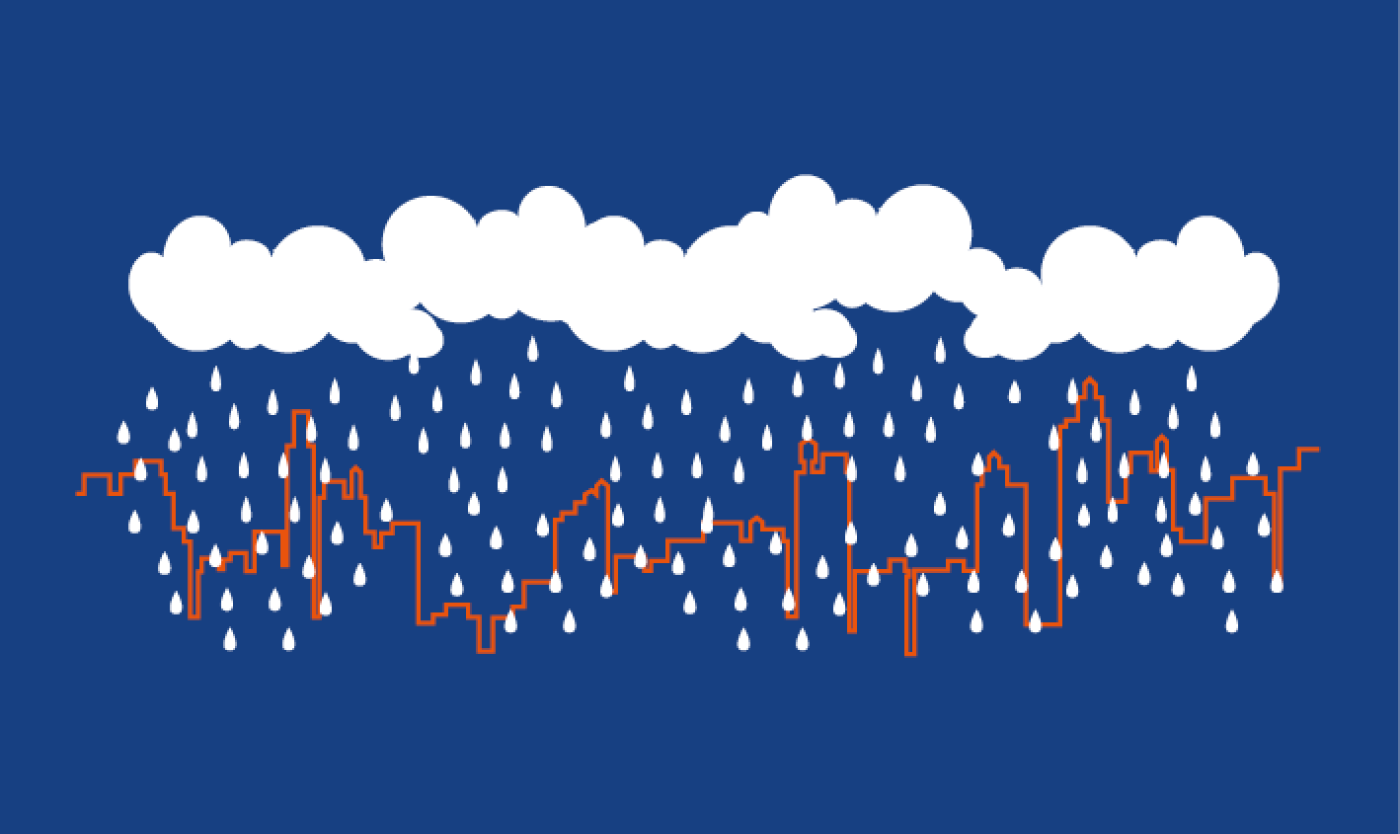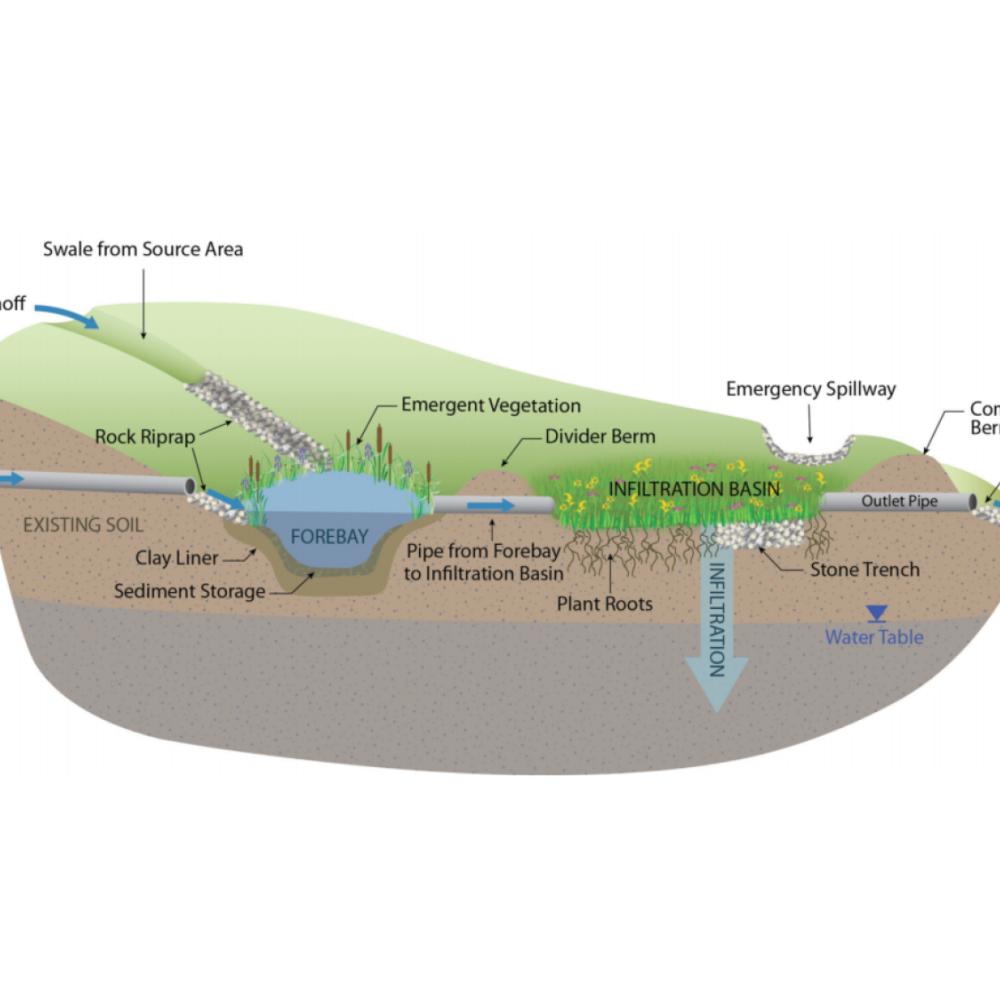An urban oasis
A wadi is a fine example of a nature-based solution to limit the consequences of climate change. It is used to find natural solutions to limit the effects of climate change. Extreme weather change presents a dual challenge: an increased risk of flooding due to heavy rainfall on the one hand, and water shortages during the extremely dry summer months on the other.
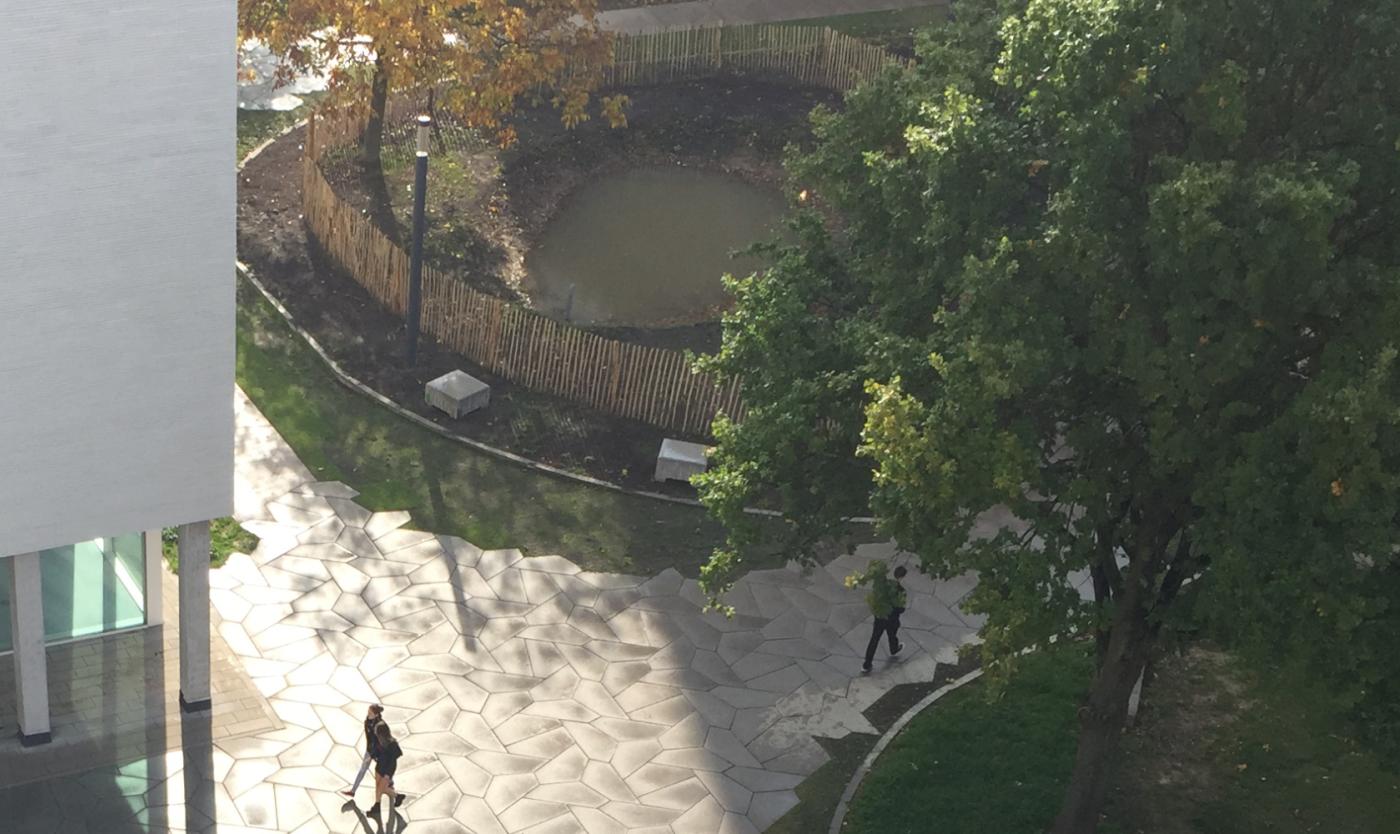
Fresh rainwater storage
Wadis can temporarily store rainwater, allowing it to slowly infiltrate the soil and replenish the groundwater reserves. This is particularly important in an urban environment, where the paved surfaces prevent most rainwater from slowly seeping into the ground. Instead, it finds its way to the sewers and wastewater treatment plants, and ultimately to the rivers and the sea. As a result, a lot of precious local freshwater is lost! Researchers from the Hydrology department are therefore studying how to create a circular rainwater management system for the entire campus.
Environment cooling
Wadis also help to combat the heat island effect as they cool the environment because thermal energy is absorbed during the evaporation. But there’s more! Water heats up very slowly, keeping the environment cool for longer. And so they help make the city considerably cooler on hot days.
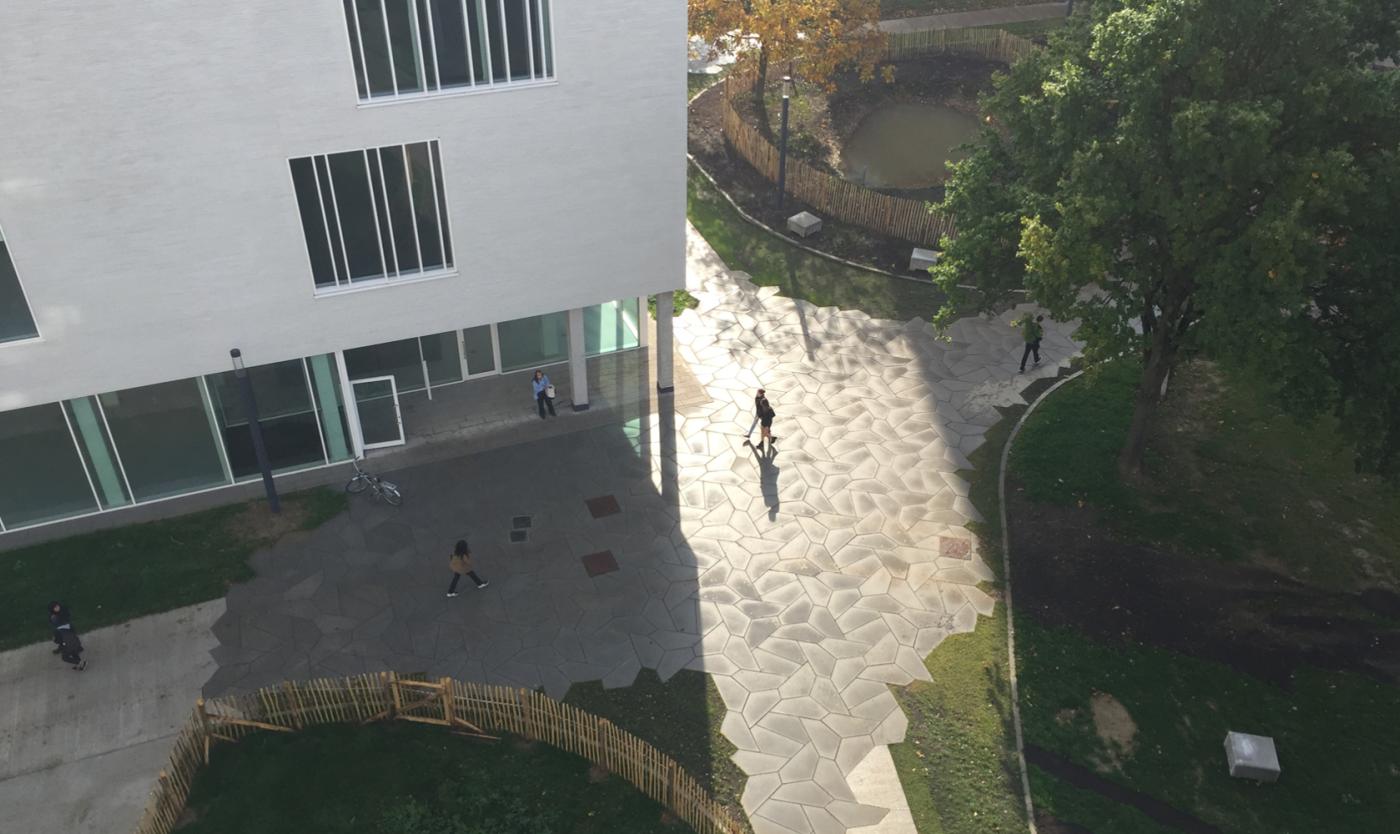
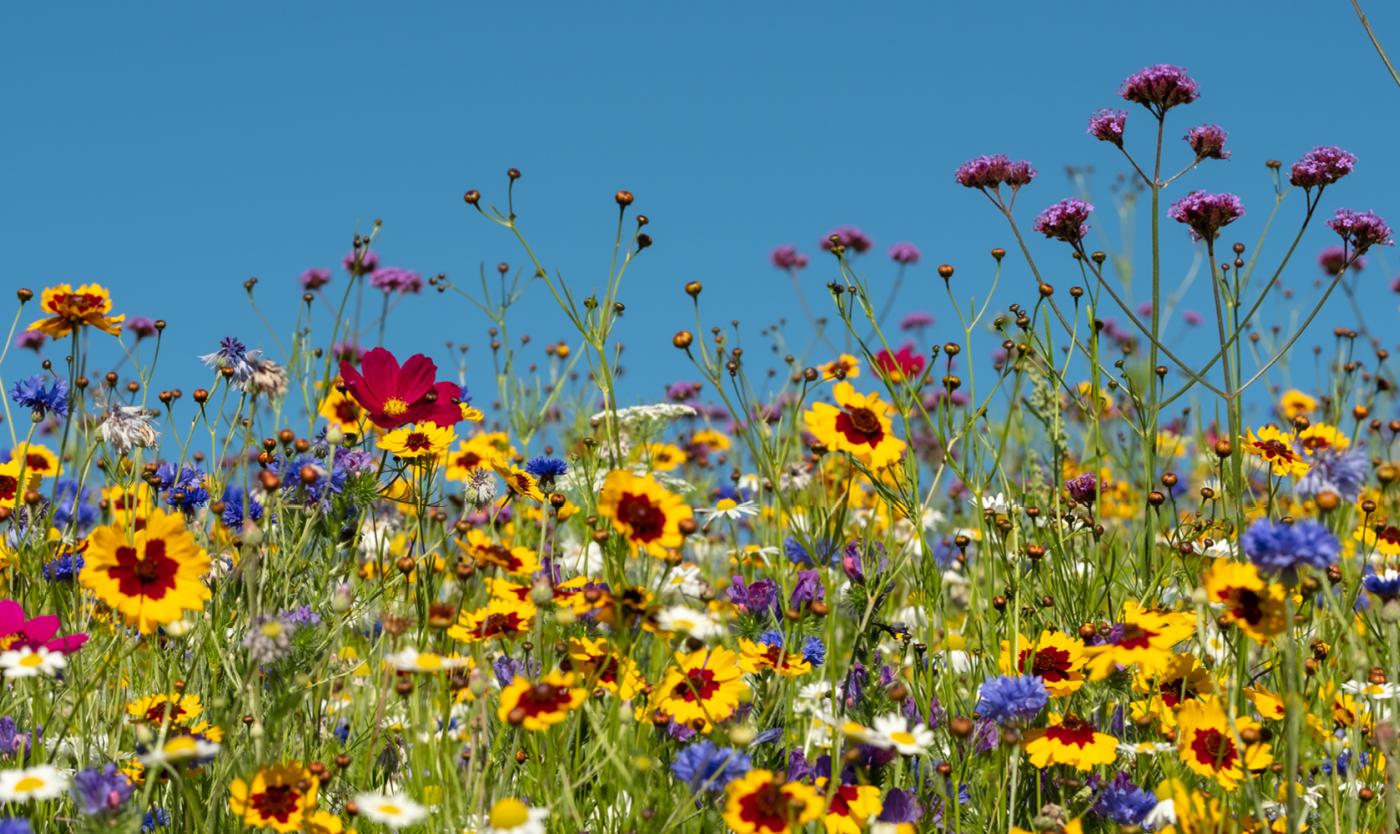
More biodiversity
Wadis are not only important for urban water and heat management. They also have a vast potential to enhance biodiversity in the city. Today, wadis are still too often designed with grasses on the banks, which do very little to enhance biodiversity. Researchers from the Biology department at VUB have therefore planted various moisture-loving and aquatic plants there, which can offer shelter to small mammals, amphibians, and insects.
